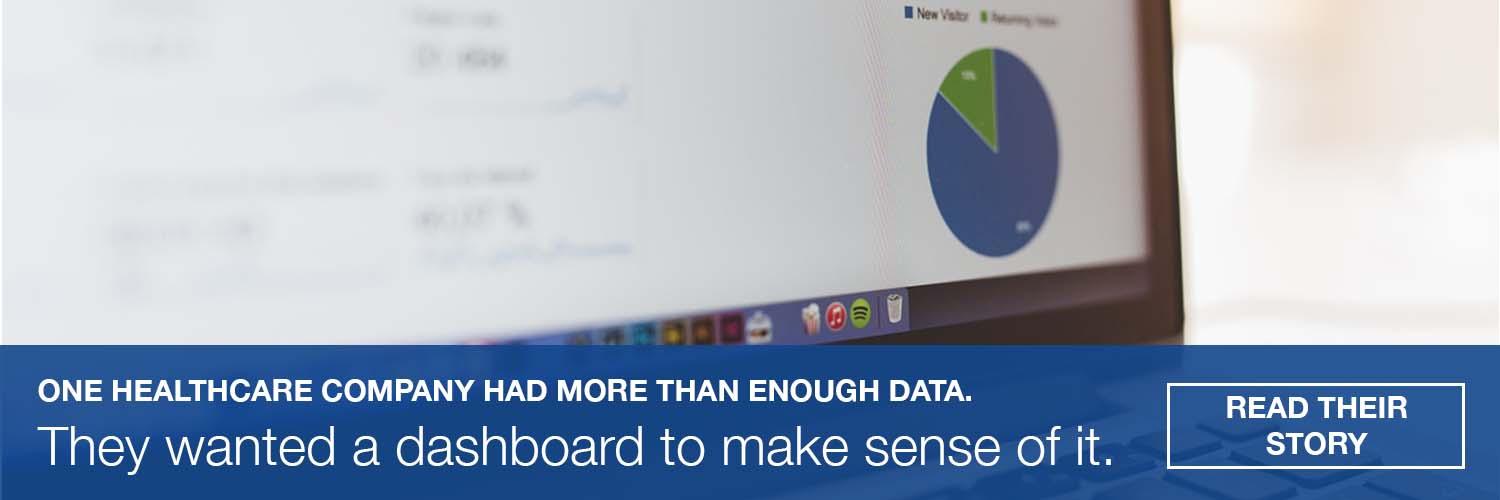
If you’re a die-hard follower of one or more political candidates, you may have already opted in to an email marketing campaign within the past few months. Or, more likely, you accidentally opted in by leaving that pesky little box checked when filling out an online form or making a campaign donation. Either way, you’re now at the mercy of the political email marketing machine, and if you’re not careful, it can quickly take over your inbox!
Why the candidates are going all-in on email?
Historically, political candidates spend a ton of money on marketing – tv ads, direct mail, events, and of course, photo opportunities. Email has, in recent years, become a very important marketing tool, because it offers direct access to a candidate’s target community, at a relatively low cost, and a very high rate of return. While a postcard or brochure costs money to print and ship (Ben Carson spent $7.3 million on printing and postage prior to February, 2016), the cost of email is limited to the subscription fee for an email platform and the investment of time for writers and designers of the messaging.
Email also provides a measureable way to drive audience members to action – “Donate $1 now,” “Sign the petition online,” “Share with your friends,” “Buy a T-shirt!” Behind the scenes, the marketing team for each candidate is carefully studying the performance of each and every message they send: how many people opened the email, how many people clicked a link, how many people unsubscribed or marked it as spam, etc. Most importantly, however, they are looking at actual real-world results, like campaign donations, that can be attributed back to email campaigns.
As marketing and technology nerds, we thought it would be a good opportunity to subscribe to all of the email programs for the major presidential candidates to call out some of the the good, bad, and just plain ugly email tactics we’ve seen so far in the race.
Below are just a few of the highlights we were able to pull out of the 909 emails (yes, 909) we reviewed!
1. Your list is one of your most important marketing assets
There’s a reason nearly every presidential candidate’s website features a giant Email Subscription field at the top of their homepage. They recognize that curating and maintaining a contact list is an exercise that will continue to return value well into the future.

Seth Godin refers to this as “permission marketing” – the act of your audience literally signing up to receive marketing messages from you. Whatever they are called, these audience members are voluntarily joining your communications campaigns, which in most cases implies that they are members of your target audience, and are “qualified” for the marketing messaging you may send.
Because they are “qualified” (Which really just means they are good candidates to receive your marketing materials), the voluntary email lists become a very important tool for campaign fundraising. Reaching back to the 2012 election, President Obama was able to raise about $500 million through email campaigns alone!
2. More polish isn’t necessarily more effective
If you’re a member of an email campaign from any of the candidates you may have noticed (or even chuckled at) the fact that the writing style, formatting, and overall design of each email you receive are all inconsistent. Some are very polished, and intricately designed, while others are plain text messages with informal subject lines. This is no accident, and is not a result of the candidates’ marketing teams getting lazy.


Because of the ease of creating A/B tests with email campaigns (That is, sending 2 versions of the same overall message to study the effectiveness of different tests), and the innate measurability of email as a marketing channel, the candidates are taking every possible opportunity to change variables and optimize their messaging to yield the highest possible return. Knowing what appeals to their audiences, the candidates can tailor not only the messages of their emails, but the overall presentation as well.
In our review, we found some … interesting … design and copywriting decisions. Emojis in subject lines, for example, were something that appeared more often than expected.



Additionally, we saw quite a few misleading subject lines, clearly meant to ‘dupe’ the recipient into opening the email. This is never something we recommend, because it not only makes the reader feel misled, but it also artificially inflates performance metrics.

Subject line: “attachment” with a paperclip emoji

Subject line: “FWD: [3] missed emails”

Subject line: “ALERT: DONATION MISSING”
3. Automation is your friend
Email marketing automation simply refers to using a piece of technology – programmed with specific triggers and workflows – to take place of human interaction. For example, most email systems are programmed to send ‘Thank You’ messages to those who subscribe to the email campaign. As simple as that is, it’s an example of automation.More complex automation workflows can be seen in many of the candidates’ campaigns. Bernie Sanders’ email campaign, for example, uses automation logic to retarget past donors. So, rather than mass emailing an entire audience group, the campaign can be personalized to a specific person, based on their past behavior.
4. Embrace your community, but don’t get complacent
It can rightly be assumed that the majority subscribers to an email list are individuals who support candidate or organization. As such, the messages sent through the channel can be tailored specifically to that group.
This is especially true in politics, as candidates are required to frame their messaging differently depending on the audience to which they are addressing. This doesn’t mean the message changes between audiences, but it is delivered differently to groups who are on the fence about supporting a candidate vs. those who already support them. Based on the messaging of the candidates’ email campaigns, it is clear that they understand that the subscriber list is made up primarily of existing supporters.
While this is the case most of the time, it’s important not to forget that email campaigns may also be going to other audiences – individuals conducting research, individuals who have yet to get behind a single candidate, individuals who are simply studying opposing views, and more. While these are exceptions to the rule, it’s important that they are acknowledged.
An example of one email campaign that didn’t acknowledge the fact that non-supporters may have subscribed was an email from Marco Rubio.
The email contained a simple question: Do you support Marco Rubio?
Clicking “Yes” predictably redirects the user to a donation page, where they can show their support by making a donation online.
Clicking “No” … led to the same donation page!

Instead of using the “No” option to persuade, educate, or otherwise communicate with non-supporters, the designers of the email decided to simply redirect any click to the donation page.
5. Call recipients to action!
One thing that candidates do better than nearly any other organization – ask readers to do something!
In searching through our archives of political emails, there isn’t a single email from a presidential candidate that doesn’t include a call to action (A button or link that allows the user to do something). Predictably, nearly all calls to action are requests for donations.
While we don’t often recommend that businesses get as pushy as presidential candidates when urging their readers to take action, it is a very good practice to include calls to action in the majority (if not all) emails sent. Even through a soft-sell, including links makes it possible (and easy) for readers who are ready to take action to do so.


